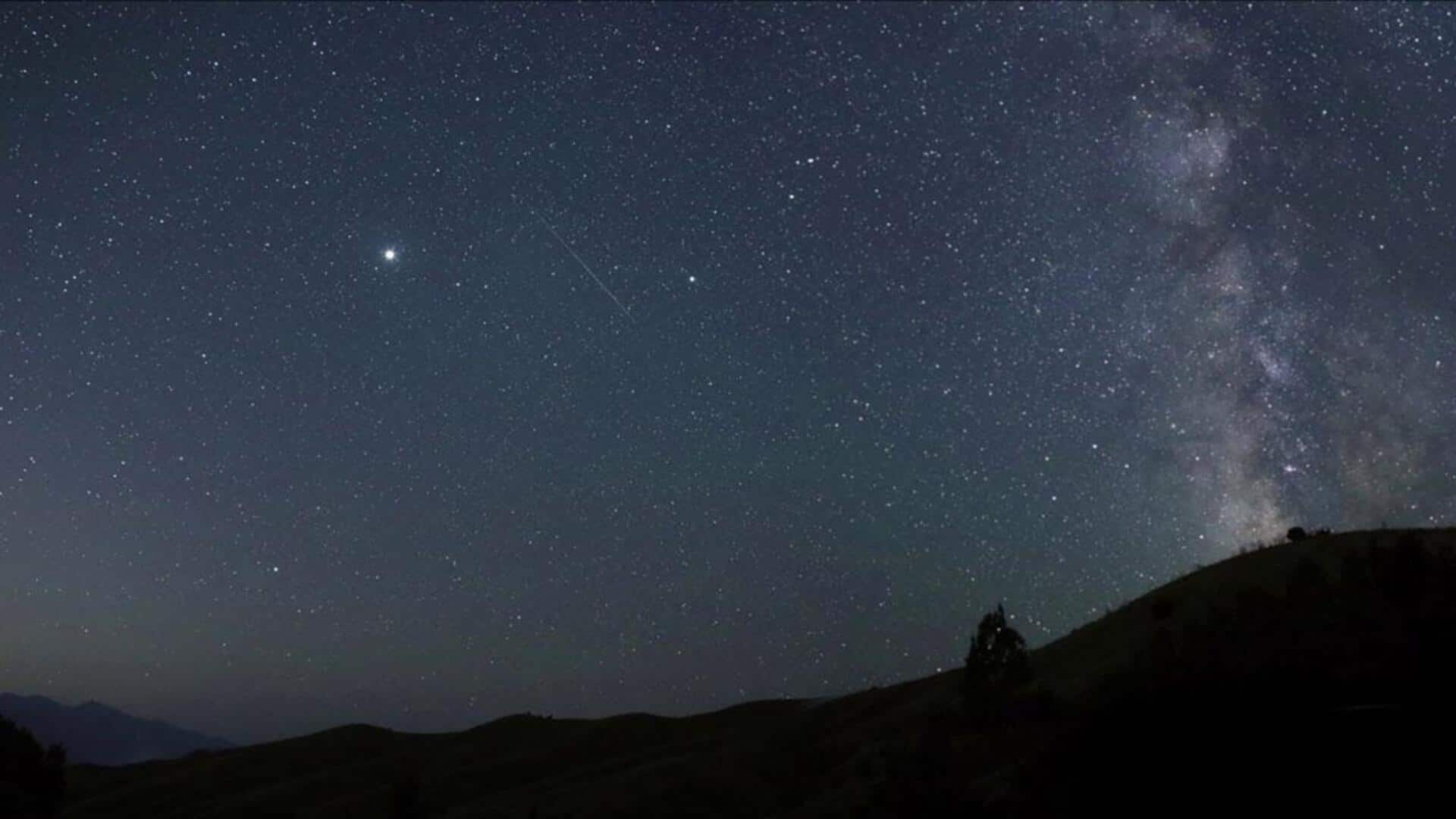
Jupiter will appear its biggest and brightest this week
What's the story
This week will be filled with several spectacular stargazing events. Notably, Jupiter will be seen at its brightest and largest when viewed from Earth. On November 1-2, Jupiter will be at its nearest point to Earth or its perigee. It will be 595 million kilometers away from Earth. Of course, that is still very far away but Jupiter's close approach and opposition this week is a rare opportunity to see the largest planet in our solar system at its best.
Details
Jupiter's appearance will be at its best during opposition
Jupiter will arrive at its opposition on November 2-3, as Earth positions itself between the Sun and Jupiter. During its opposition, Jupiter will be the fourth-brightest celestial object in the sky after the Sun, Moon, and Venus. It will be visible for the majority of the night until Venus emerges before dawn. With binoculars, observers can spot a brilliant disk and potentially some of its four Galilean moons as tiny specks of light.
What Next?
Jupiter will lie in constellation Aries the Ram during opposition
Jupiter's opposition occurs approximately every 13 months since it takes the gas giant 12 Earth years to complete one orbit around the Sun. This means that Jupiter's opposition happens about a month later each year and in a different zodiacal constellation. This year, Jupiter's opposition is on November 3 in the constellation Aries the Ram. Jupiter will conclude its retrograde motion on December 30, indicating the optimal time to observe the planet is ending.
Today
Tonight, you can spot Uranus and almost a full Moon
Tonight, a waning gibbous Moon will grace the night sky. The Moon will be 94% illuminated, making it appear "almost full." To its upper right will lie the open star cluster, the Pleiades, per Forbes. Lying between the Moon and Jupiter will be Uranus, which can be seen with the aid of binoculars or a small telescope. To make the best of your stargazing experiences, you can use astronomical apps like Stellarium and StarTracker.